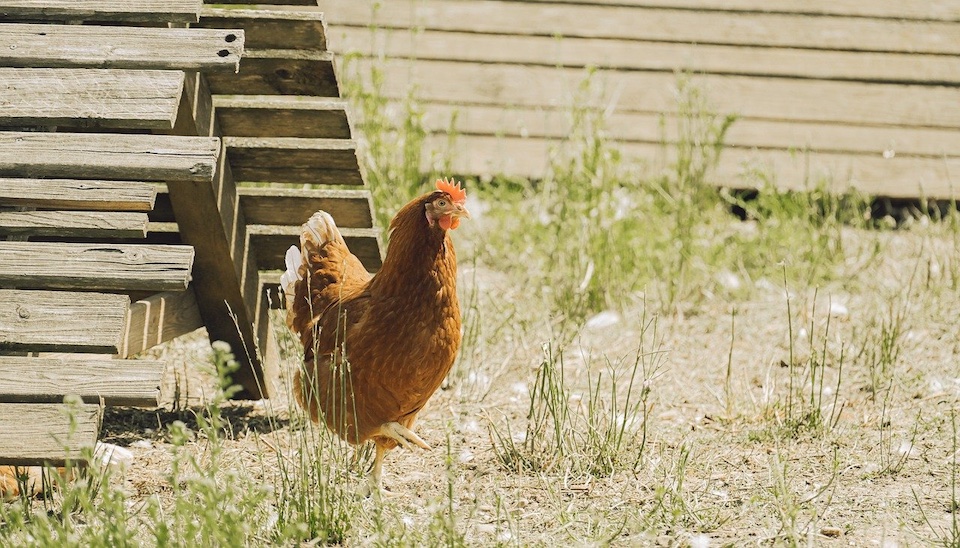5 tips for choosing eggs to improve hatch rate
Are you planning to incubate chicken eggs or set them under a broody hen?
There are numerous factors that affect the fertility and hatchability of chicken eggs. You can read about them here.
But even if you have eggs with the best possible chance of a good hatch, there are still a few things you can do to achieve the best results when choosing which eggs to hatch.
5 tips to improve hatch rate
1. Use clean eggs
Choose clean eggs and never incubate or set eggs that have been washed.
Eggs that have faeces or dirt on them should never be used for hatching. Harmful bacteria from the faeces or dirt can cause deformities or even kill developing chicks. It also spreads between eggs while they are incubating.
Washing eggs to remove contamination removes the bloom, which protects the egg from contamination and helps regulate respiration and evaporation. Without the bloom, harmful bacteria can enter the shell and the developing chick can dry out.
If you can't remove the dirt with a dry paper towel, choose another egg!
2. Choose perfect eggs
Always choose perfectly formed eggs to hatch. This means a crack-free, average-sized, perfectly formed egg. Never use weird eggs.
Eggs with cracks and even hairline fractures are unlikely to survive incubation and may allow harmful bacteria to enter.
Eggs that are small for the breed will hatch undersize chicks, which tend to be less productive and have more health issues. Extra large eggs have weaker shells and are less likely to be fertile.
Eggs that have any sort of visible deformity, from a wrinkled shell to a calcium deposit, may indicate disease or deficiency, which can also affect chick development.
3. Use eggs from healthy, young birds
Younger chickens (1-3 years old) are most fertile, so their eggs have the best hatch rate. Younger birds are also less likely to have developed disease or deficiency that could be passed on to chicks.
4. Incubate or set as soon as possible
The fresher eggs are, the more fertile they are. So aim to incubate or set eggs as soon as possible.
Although eggs can be set up to 2 weeks after laying, fertility tends to diminish after 5-7 days. The fresher eggs are, the better the hatch rate tends to be.
5. Be mindful of conditions
Egg fertility is greatly influenced by storage conditions prior to incubation or setting.
Ideal storage conditions have a stable temperature, between 10-15 degrees Celsius, and stable humidity. Eggs must be handled gently, as little as possible, and turned 2-3 times per day. They should always be stored pointed-end down.
Very low temperatures, such as refrigeration, can reduce viability. Higher temperatures can cause development to commence, but because the temperature is not correct, chick deformities can occur. Temperature fluctuations cause development to stop and start, weakening the embryo.
Humidity fluctuations and very dry air will cause the egg to dry out and can affect viability.
Any disturbance, particularly shaking or jolting, can decrease embryo viability. This is why posted eggs usually have a lower hatch rate than eggs that haven't travelled in the mail or in a car.
Eggs do need to be gently turned during storage, in order to prevent the embryo from adhering to the egg shell. Simply storing the eggs in a carton at a 45 degree angle and inverting the angle gently does the trick.
Eggs should always be stored with the pointed end down to ensure the proper positioning of the chick.
For more information about raising chicks, check out these blog articles:
- Where to get fertile eggs for hatching
- Incubating eggs or setting eggs under a hen, which is best?
- How to set eggs under a broody hen
- How many eggs to incubate or set
Happy hatching!
Rachael at Dine a Chook Australia



